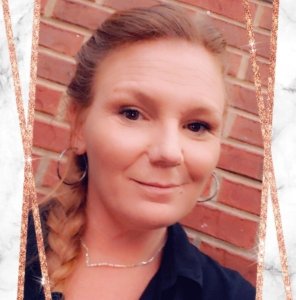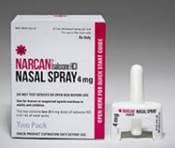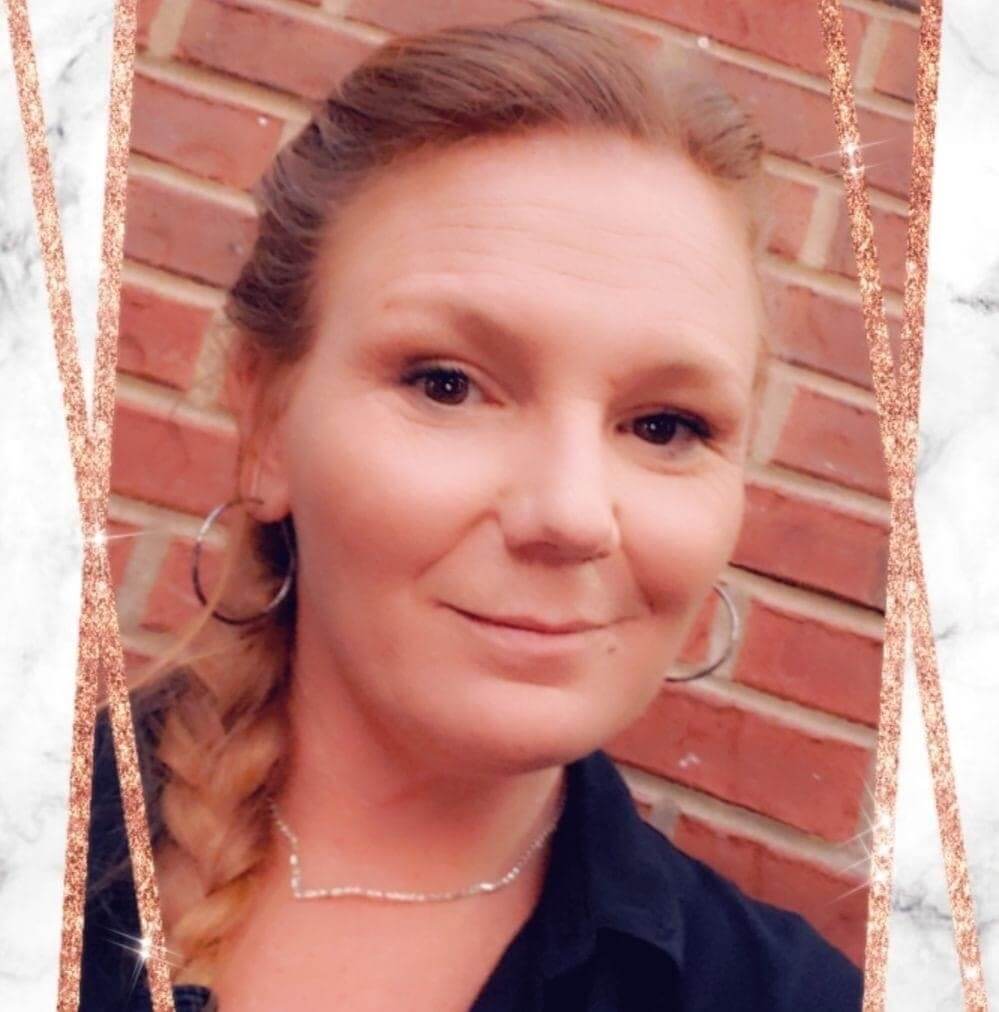By Mindy Honey, Skaggs Foundation
Substance Use Initiative’s effort to equip community with overdose antidote saving lives
Destiny Blegen wouldn’t be here today if it wasn’t for the overdose antidote naloxone saving her life. Blegen, who is in recovery from opioid use disorder, has now made it her mission to give hope to those still fighting the battle.
Naloxone is commonly referred to as its brand name, Narcan.

Destiny Blegen
Destiny’s story
“When I was around 13, it became acceptable to smoke weed with my mom, and that’s when my life took a big turn,” Blegen explained. “At 14, I started using meth and cocaine with my friends, then with my mother.”
Over the next two decades, Blegen became a wife and mother but no matter how hard she tried, she was never able to successfully maintain recovery.
“No matter what I tried, I’d always turn to heroin to make me better,” she said. “My family was finally getting tired of my continuous life of self-destruction. I was no longer allowed to live with them.”
Blegen said she continued to break the law to supply her habit and ended up in and out of prison.
“The last time I was in prison, I was released in October 2017,” she explained. “I did well for a while but again, I fell for the lies I told myself. At this point I had overdosed several times in my life. They are a big blur to me except for the last time. It was Sept. 23, 2018. I overdosed and this time was different. I saw things that most people would think was crazy talk, but I believe it was my God giving me a final warning.”
She woke up in an emergency room in DePaul, and was told she was considered “dead on arrival.” It took three doses of naloxone to bring her back.
“I’ll never forget the nurse telling me that she had been a nurse for over 30 years and had only seen a few people come back after being gone as long as I was, especially with no brain damage,” Blegen said. “Had it not been for the (naloxone), I don’t believe I would be here today, with a whole new life.”
Blegen moved to Branson where she completed a 12-step program at Communities of Recovery Experience (CORE).
“Had my life not been saved Sept. 24, 2018, had someone not felt that this heroin junkie’s life was worth saving and given me the Narcan, I wouldn’t be able to tell my story to people who are still struggling out there with maybe an ounce of hope to survive,” she said. “I hope that others get the opportunity to wake up from yet another overdose and remember my story and want to fight for their life.”
Today, Blegen enjoys being a mom to her three children and is looking forward to buying her first home.
Providing a fighting chance
Over the past five years, the Stone and Taney Counties Substance Use Initiative has distributed more than 1,900 doses of naloxone and organized 40 trainings where 560 individuals learned to use the life-saving antidote.
Many of those doses have been distributed throughout the community through organizations like Elevate Branson and The Brook Wellness Center.
“It is very important because it saves lives,” said Carla Perry, the former community connections coordinator at Elevate Branson, who now works with those in recovery at The Brook. “People can’t recover if they are dead and they don’t get second chances.”
And Perry’s seen first-hand the life-saving medication work.
“There was a young lady that had just lost custody of her child,” Perry explained. “She was distraught and when she went into the bathroom she was crying. Then her husband came in and said she took a bunch of pills. About that same time, someone screamed, ‘Hey, this girl fell.’”
Perry said she knew at that point they were facing a possible opioid overdose.
“I called 911 while I was running to the bathroom,” Perry said. “With the operator on the call, I administered the first dose of Narcan and she woke up swinging.”
Perry said paramedics arrived and gave the woman a second dose of naloxone before transporting her to the hospital.
The Substance Use Initiative provided Branson Police Department their first doses of naloxone in December of 2017 and then continued to facilitate donations in 2018 until all officers were equipped with the medication.
Assistant Chief Eric Schmitt was the most recent Branson officer to administer Narcan.
“I was on the graveyard shift a month ago and I happened to be around the corner from a motel where someone overdosed,” Schmitt said. “When I arrived, he had what we call the ‘agonal breathing,’ which is known as the ‘death rattle.’ He had a very low pulse and rescue was a ways off so I administered one dose of Narcan and continued to keep an eye on his pulse. Two minutes later, he took a huge gasp of air and started breathing regularly.”
Rescue arrived soon after and by the time the man was transported to the hospital, he was fully conscious and sitting upright.
“Knowing about Narcan can save lives,” said Stan Robinson, clinical director at The Book Wellness Center.
The Substance Use Initiative makes it possible for Elevate Branson and The Brook Wellness Center to be Narcan access points for people who are in active drug use and for their families.
“It’s important to have that safety net so that people can have a chance to plug into resources and find treatment, outpatient services, or therapy, whatever their needs are to work towards a better life and find the reasons why they want to use to begin with,” Perry said. “There has to be something that caused (their addiction) and if they don’t take another breath, they don’t get that opportunity.”
The Substance Use Initiative is a concentrated effort aimed at reducing and preventing substance use and misuse. The project, led by Marietta Hagan, of CoxHealth, began in 2016 and is funded by a Skaggs Legacy Endowment grant. Learn more at DrugFreeOzarks.org or call 417-239-5165.

